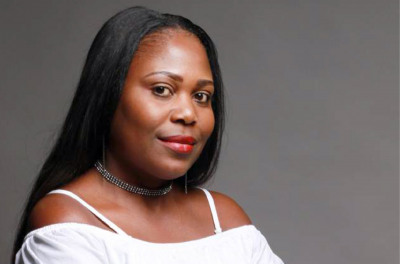
I recently shared the Environmental Investment Fund’s experience on gender assessments, mainstreaming gender into climate change and other gender related experiences during the GCF Empowering Direct Access Workshop held in Songdo, South Korea.
By then it was already a known fact that climate change impacts do not discriminate between men and women, however, the level of resilience differs within the gender stream. Men and women are not affected equally by climate change and due to existing social and economic imbalances; men tend to be more resilient to climate change than women. It is for this very reason that the Green Climate Fund’s (GCF) gender policy advocates sets out a target of 50/50 involvement and benefits on climate change projects and activities financed by the Fund. At country level, Namibia has made enormous strides in the gender space, duly recognized by its 2017 accolade, “African Excellence Gender Awards for 2017”, for its efforts in implementing the national gender policies and initiatives towards promoting gender equality and the empowerment of women in Namibia.
The Environmental Investment Fund has aligned its gender policy to the national policy and taking into consideration the GCF gender requirements which are mostly alike. At the Fund, the staff component is comprisef of 53% women and 47%, - just one way in which we have changed our recruitment drive to achieve practical outcomes. This is also expected to be reinforced in all GCF climate change projects that the Fund is managing to ensure that the overall gender – climate change mainstreaming is achieved. Although there is a significant improvement in women participation in politics, private sector and including our executive and legislature in Namibia, more needs to be done especially at regional, local and community level.
There is no better example of the current disparities than in the agricultural sector. According to the Agricultural Survey by the Namibia Statistics agency, feamles head the largest proportion of subsistence farming households in the country. However women are also said to have limited access to capital, productive land, knowledge and services and these factors differently decrease resilience and adaptive capacities of women. Livestock production is male dominated, while Crop production is dominated by women who plant, weed and harvest while men are responsible for mending fences and tilling land. This is because of a cultural history among communities whereby men own and control livestock, agricultural equipment and household tools, crop produce and movable assets.
Men in Namibia also make major decisions at household level. They make decisions regarding the allocation of resources required for responding to climate-change risks. It is becomes suffice to say that when faced with disasters, a woman alone cannot decide how the household must respond to severe risks posed by drought, floods, pest outbreaks and other related climate-change disasters. Decisions are often or always made by the spouse who is the head of household. Women usually make immediate decisions regarding means of coping that would ensure food security, while man take care of long term and capital related investment decision. In some societies, women are not encouraged to participate in discussions at community level as part of their cultural values and principles.
For more gender and climate analytics and lessons from EIF supported projects you may contact the resource below:
https://www.eif.org.na/index.php/download/unam-gender-and-climate-change-in-cbnrm


.jpg)